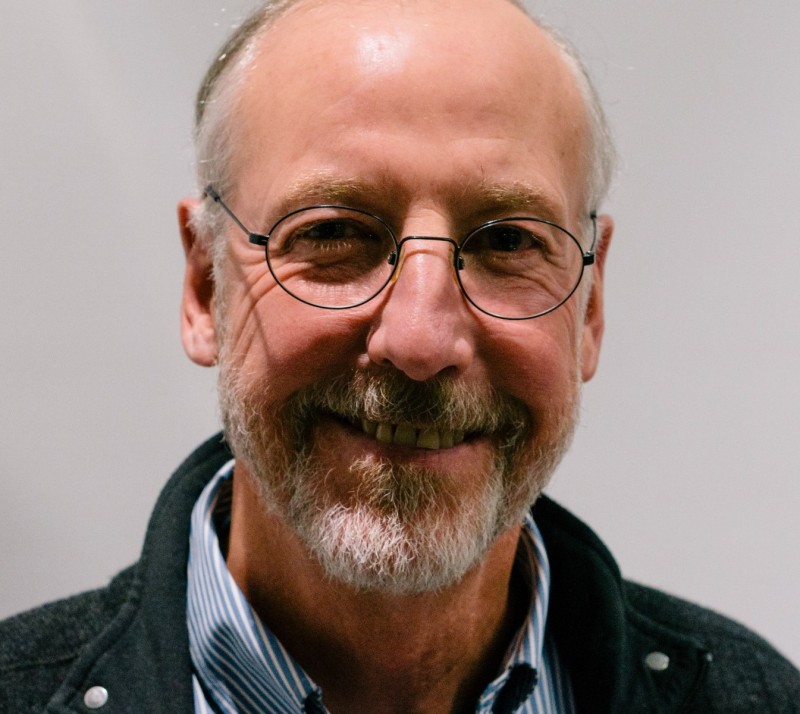Affiliation: Royal Alberta Museum

John W. (Jack) Brink is the Curator of Archaeology with the Royal Alberta Museum.
I have been active in Archaeology, heritage management and Native history for more than 40 years. I have conducted archaeological research in western Canada, the United States, the Canadian Arctic and China, and have published extensively on my work. My special areas of interest are the archaeology of the Northern Plains, especially bison hunting and Aboriginal rock art. I was a member of the team that planned and developed Head-Smashed-In Buffalo Jump, a UNESCO World Heritage site. I have also worked extensively at the rock art site of Writing-On-Stone Provincial Park, assisting with the development of a new Visitor Centre as well as conducting long-term research on methods of conserving rock art. I have worked extensively with Aboriginal groups, especially the Blackfoot Nation. As the Curator of Archaeology, I am responsible for the management of the archaeological collections for the Province, for conducting relevant research, for initiating displays about Alberta archaeology, and for communicating with the public. Previously, as Head of the Archaeological Survey I managed an archaeological office that coordinated cultural resource for the province. I have a strong background in communicating to the general public on heritage matters, have delivered countless public talks, and have worked extensively with all media, including helping to develop, research, write and produce audio and video programs dealing with archaeology. “
Few places on earth arouse the intrigue and curiosity of modern people as much as Easter Island. One of the most remote places on earth, it is home to one of the most fascinating and puzzling stories in all of human history. With nearly 1000 carved stone statues (Moai), Easter Island has defied explanation since the time of initial European discovery in 1772. While the reasons for carving the giant statues are generally known, how they were moved and erected remains debated. More contentious, some have argued that the Rapa Nui culture of Easter Island was in serious decline when first contacted by Dutch explorer Jacob Roggeveen. Others argue the culture was thriving and in no danger of collapse. This talk takes the audience to Easter Island, illustrates the magnificent Moai, discusses the various theories of their creation, and explores the question of Easter Island as an example of cultural collapse or one of sustainable (albeit spectacular) socio/religious development.